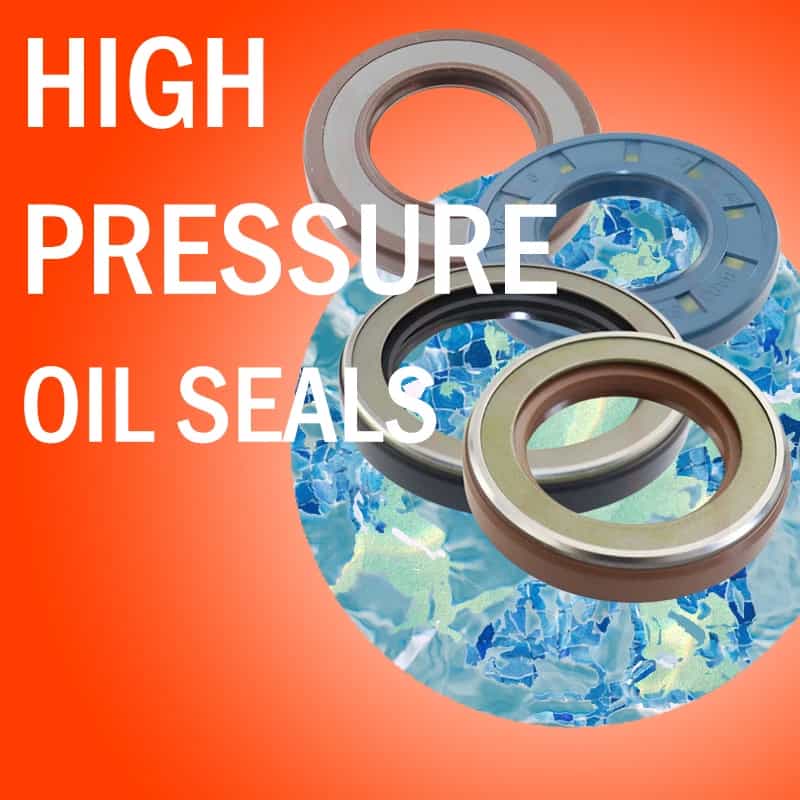Oct . 30, 2024 15:38 Back to list
hydraulic cylinder wiper seal
Understanding Hydraulic Cylinder Wiper Seals
Hydraulic systems are integral to various industries, powering machinery ranging from excavators to aircraft. One crucial component of these systems is the hydraulic cylinder, which converts hydraulic energy into mechanical force. To ensure these cylinders operate efficiently and last longer, the role of the wiper seal must not be underestimated.
What is a Hydraulic Cylinder Wiper Seal?
A hydraulic cylinder wiper seal, often referred to as a dust seal, is designed to prevent contaminants such as dirt, dust, and moisture from entering the hydraulic cylinder. Located at the outermost part of the cylinder, the wiper seal plays a pivotal role in maintaining the integrity of the hydraulic fluid and the cylinder's internal components. By keeping the working environment clean, the wiper seal significantly reduces the risk of wear and tear on the more critical sealing elements within the hydraulic cylinder.
Functionality of Wiper Seals
The primary function of a wiper seal is protective. When the piston rod extends and retracts, it can carry debris along its surface. The wiper seal comes into contact with the rod, scraping off contaminants before they can enter the cylinder. This is particularly crucial in applications where machinery operates in harsh conditions, such as construction sites or agricultural fields, where the risk of contamination is higher.
Additionally, wiper seals help retain the lubrication on the rod's surface
. By minimizing friction, they ensure smoother operation and prolong the lifespan of both the hydraulic cylinder and its components.hydraulic cylinder wiper seal

Materials Used in Wiper Seals
Wiper seals can be manufactured from various materials, each chosen for specific applications based on environmental conditions and operational requirements. Common materials include polyurethane, which offers excellent abrasion resistance, and rubber compounds that provide flexibility and durability. The choice of material is often influenced by factors such as temperature, exposure to chemicals, and the type of hydraulic fluid used.
Design Considerations
The design of wiper seals is crucial for their effectiveness. They must maintain a tight fit to prevent the ingress of debris while allowing for optimal movement of the piston rod. A well-designed wiper seal typically features a lip that makes contact with the rod. This contact area is designed to create a scraping action, effectively cleaning the rod of any contaminants as it moves.
Moreover, the design may vary based on the specific application. For instance, in applications exposed to extreme temperatures or aggressive chemicals, specially formulated seals may be required to enhance performance and longevity.
Conclusion
In conclusion, hydraulic cylinder wiper seals are essential components that ensure the efficiency and longevity of hydraulic systems. By preventing contamination, retaining lubrication, and allowing for smooth movement, they play a vital role in maintaining hydraulic cylinders' integrity. As industries continue to evolve, the design and materials used for wiper seals will likely advance, leading to even more robust and effective solutions for protecting hydraulic systems from wear and tear. Understanding the importance of these seals can help operators and engineers make informed decisions about maintenance and component selections, ultimately contributing to better performance and reliability in hydraulic applications.
-
Unlocking the Potential of Hydraulic Systems with Essential Sealing Solutions
NewsAug.06,2025
-
Unleash the Power of Your Hydraulic Systems with Our Premium Seal Kits
NewsAug.06,2025
-
Specialized Hydraulic Seal Kits for Breakers, Pistons, and Presses
NewsAug.06,2025
-
Revitalize Hydraulic Systems with Premium Repair and Seal Kits
NewsAug.06,2025
-
Fortify Your Cylinders with Premium Sealing Solutions
NewsAug.06,2025
-
Elevate Hydraulic System Reliability with Specialized Seal Kits
NewsAug.06,2025
-
TCN Oil Seal Metal Ring Reinforcement for Heavy Machinery
NewsJul.25,2025
Products categories
















